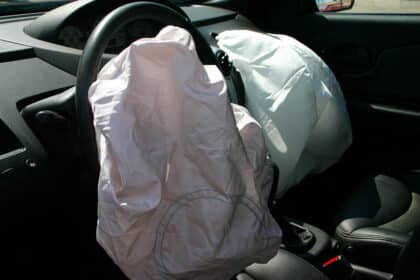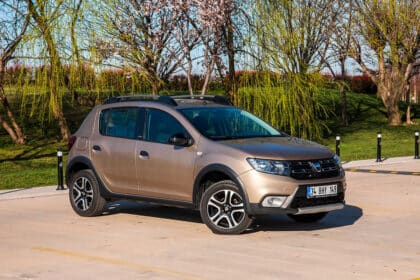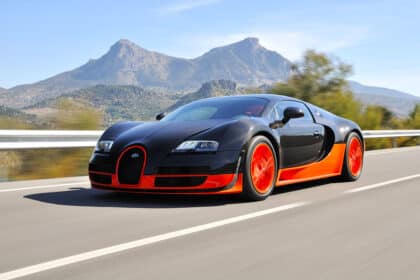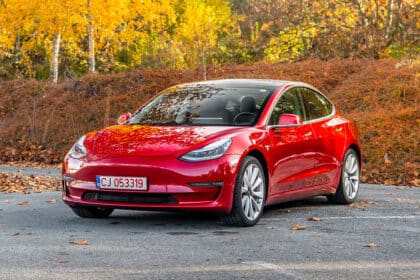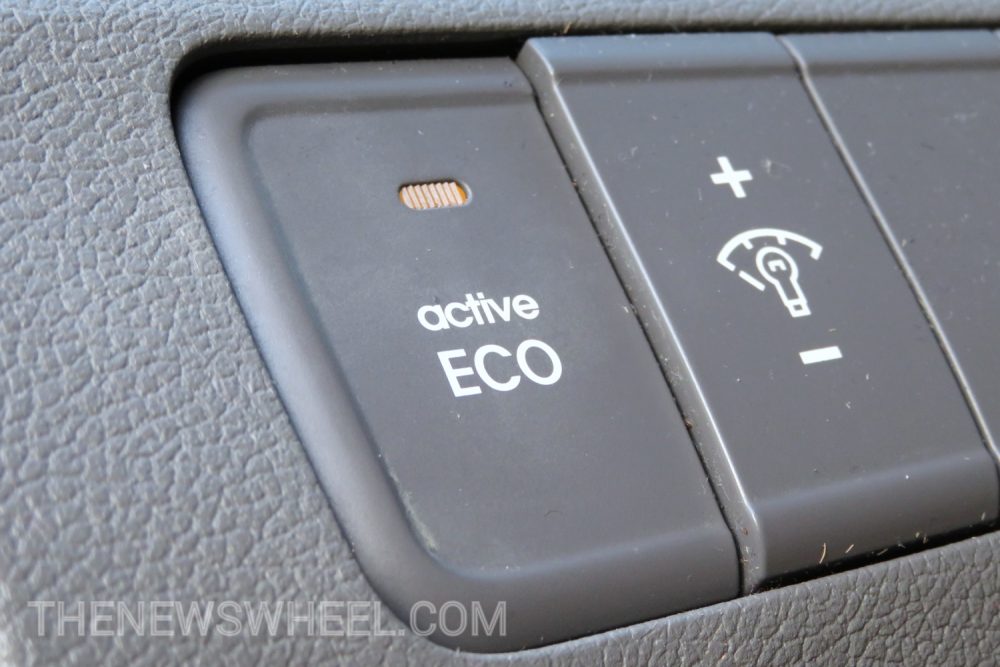 Does your vehicle have an Eco Mode?
Does your vehicle have an Eco Mode?
Photo: The News Wheel
Chances are that if your car has an Eco button, you activate it when you’re driving at low speeds or stop-and-go traffic to conserve fuel. You know that the setting helps your car burn less gas, but do you know what your car’s Eco Mode actually does to its mechanical systems when activated?
Want to Save on Gas for Your Car? Here are some smart ways to do that
You can find this function on many sedans and SUVs from Hyundai, Chevrolet, Ford, Kia, Honda, Toyota, and even some luxury automakers. Most of the time it’s called Eco, but you also may know it as Econ mode or Active Eco mode.
The “Eco” name has two meanings: 1) economical, meaning it’s less costly on your wallet by saving gas, and 2) ecological, meaning the reduced emissions are better for the environment. It changes gearshift mapping to reduce the available torque and dull the throttle response.
What does that mean? Activating Eco mode by pressing a button alters the following in your car’s performance:
- Adjusts throttle mapping to reduce response: In layman’s terms, that means your car won’t react as enthusiastically when you press the accelerator pedal. Instead, it’s as if you were only lightly tapping it.
- Moves the gear shift points earlier: The transmission remaps to upshift earlier and keeps the engine at lower RPMs to ease motor strain. Eco mode can also limit downshifting.
- Increases application of engine start/stop: Some Eco systems automatically increase the number of starts and stops to reduce engine labor even more.
- Reduce AWD response: Your car’s drivetrain will favor the front wheels most and send less power to the rear wheels if it has an all-wheel drive system.
- Diminishes power drain from other systems: Your car may not blow the air conditioning as forcefully or run the electrical or infotainment systems at their full potential so energy is conserved.
- Using less gasoline: Because the engine’s power is capped, it consumes less gasoline, so more of that expensive fossil fuel is left in the tank.
- Reducing harmful carbon emissions: Toyota actually proved that burning less gas by using Eco mode on its vehicles did indeed reduce tailpipe CO2 emissions.
When you don’t need to accelerate quickly. Long stretches on the highway at consistent speeds or leisurely rolling from stoplight to stoplight in metro traffic are the best times. The absolute worst time for Eco mode is when you’re merging onto the highway and trying to reach 70 mph in 10 seconds.
Experts disagree on this. While some auto manufacturers claim a recorded improvement in fuel efficiency, Consumer Reports disagrees. The organization found that drivers may work the vehicle harder to overcome the lag of Eco mode. So, no actual difference in fuel economy was seen.
J.D. Power went even further and cautioned that using Eco mode could actually put more wear and strain on the powertrain, as the engine has less fuel and oil to use when it must conversely work harder when its full potential is restricted.
The best use of Eco mode is, ultimately, when you as the driver also make a concerted effort to drive more gingerly. Use a light foot on the accelerator and let the vehicle use its momentum to cruise along at low speeds when you activate Eco. In other words, go with the flow of Eco instead of fighting it.
Aaron is unashamed to be a native Clevelander and the proud driver of a Hyundai Veloster Turbo (which recently replaced his 1995 Saturn SC-2). He gleefully utilizes his background in theater, literature, and communication to dramatically recite his own articles to nearby youth. Mr. Widmar happily resides in Dayton, Ohio with his magnificent wife, Vicki, but is often on the road with her exploring new destinations. Aaron has high aspirations for his writing career but often gets distracted pondering the profound nature of the human condition and forgets what he was writing… See more articles by Aaron.



